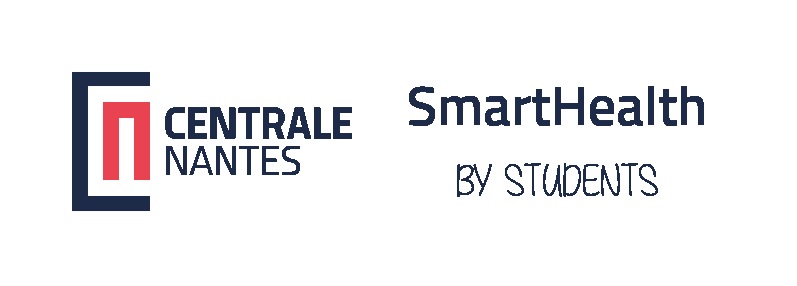Why this project?
Overview
France has to face the challenges of an ageing population and the appearance of new pathologies relative to sedentariness such as obesity and diabetes. However, the number of doctors remains too low and badly distributed across the country. According to the National Medicine Council, "a national strategy of e-health has to be engaged to improve access to treatments, the quality of patient care and their autonomy." The concept of "connected health" shows the expected emergence of a new market, coming from a triple evolution:
- sociological, marked by patient empowerment
- technological, with a lot of innovation
- politico-economical, with the search for solutions to improve the efficiency of health systems
So the introduction of innovative tools for health, such as connected objects, seems to be a promising breakthrough. Connected objects are objects with which an Internet connection has provided an additional value concerning functionality, information and interaction. Several surveys show the significant development in the connected objects market. In France, according to a survey of Odoxa in January 2015, 69% of the respondants knew of the existence of connected objects and know how to use them. For 53% of them, such equipment would even represent the future, in fields as security, health and home automation. That is why the e-health market should represent $400 billion in 2022, whereas it represented only $46 billion in 2015.
This revolution in health represents an essential direction for the Nantes University Hospital to take. This direction is based on several projects relative to the establishment of the Digital Hospital, included the connected home for health. The main aim of the connected home for health project is thus comparable to that of the Digital Hospital: a patient's care by the best available professionals who would be helped in their decisions by an intelligent environment and who would dispose of the best tools, regardless of the patient's location (hospital or home, country or city) in a continuous and secure way. The aim is to work for universal access to healthcare, and especially for people living far away from a hospital. Moreover, tele-consultations or the anticipated management of treatment by preventive or predicative systems represents significant savings.
Now that more than 50% of people who own a connected device use it to monitor or improve their health, a project to design a connected home for health makes sense.


